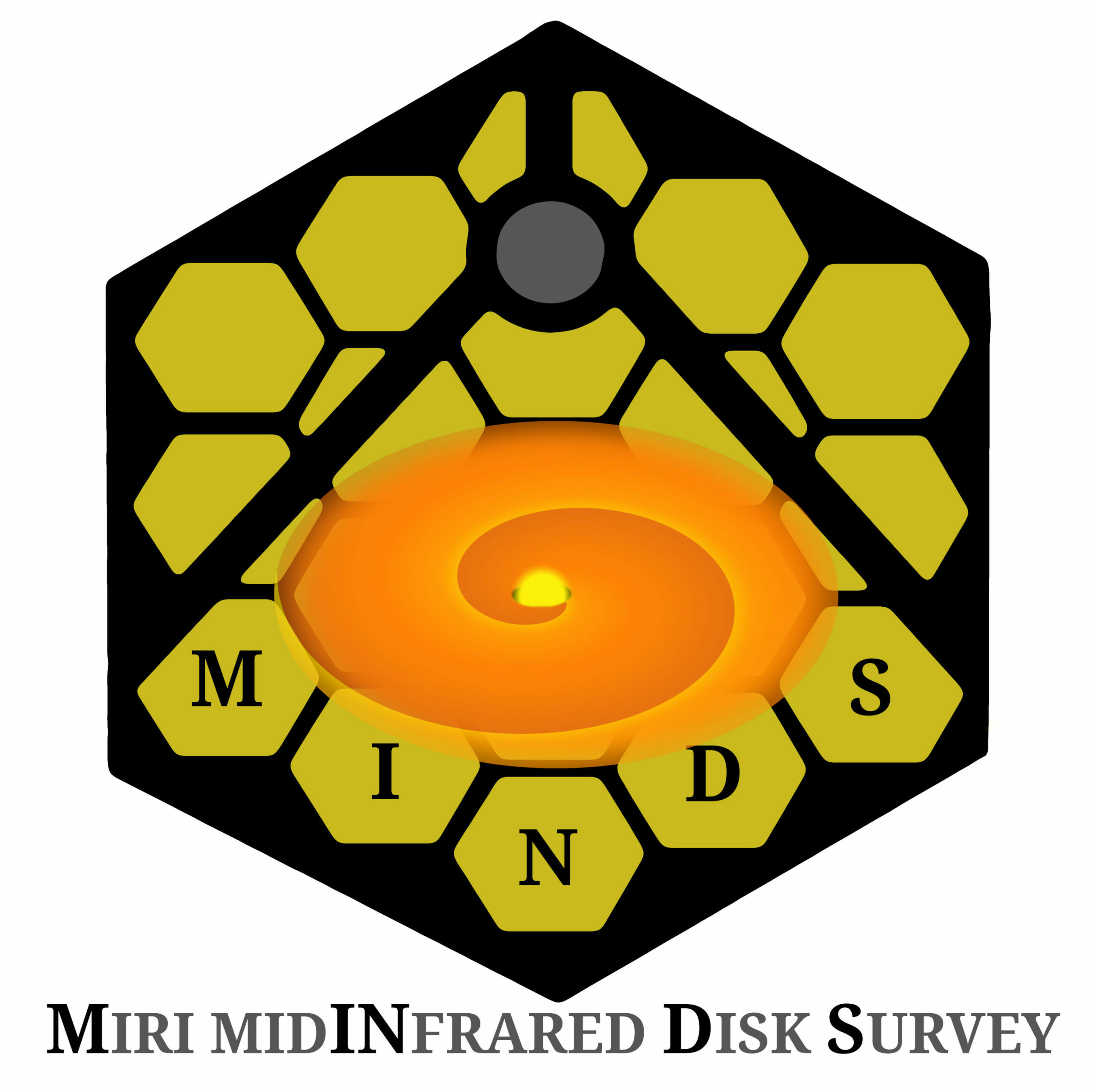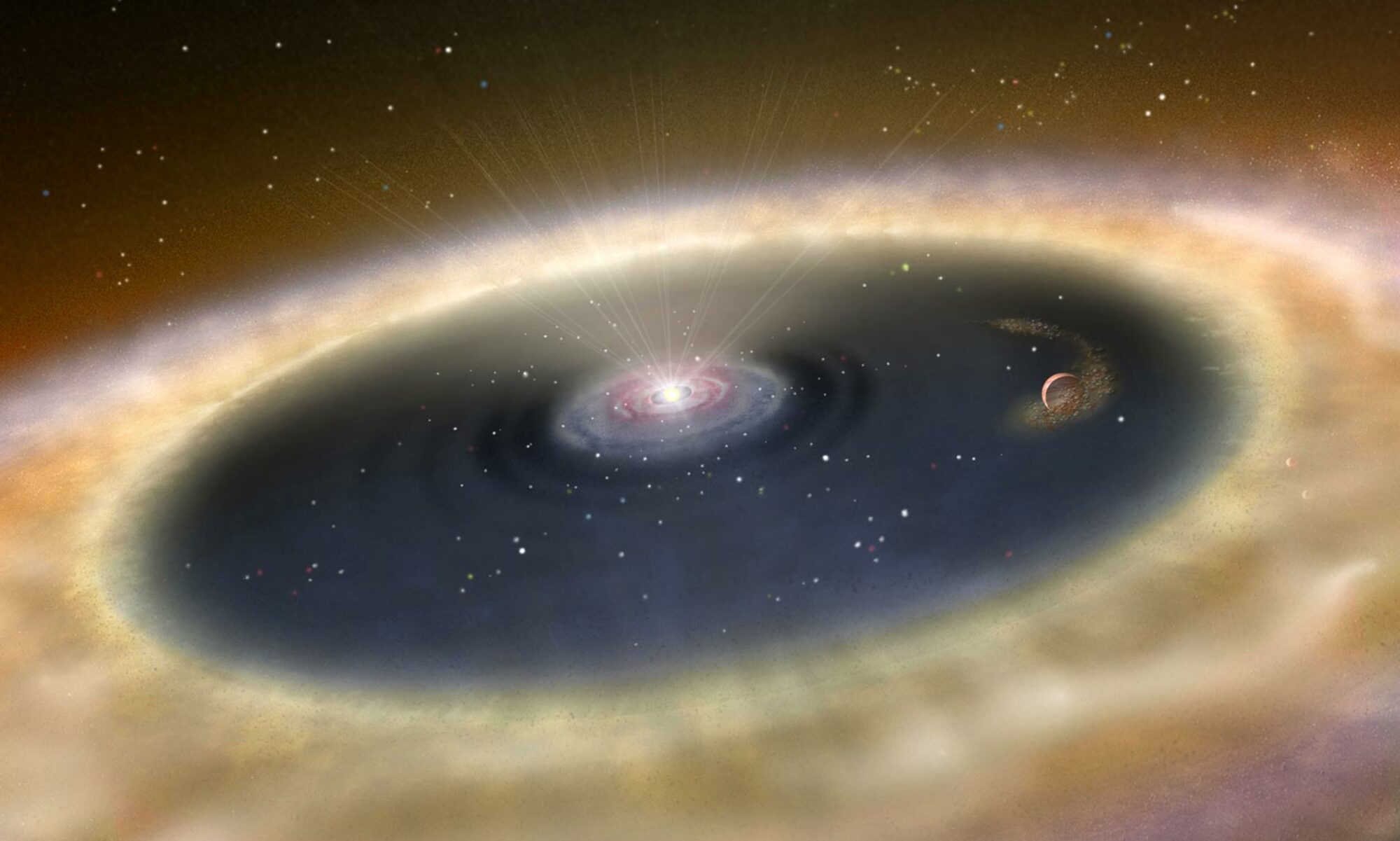The program aims at a comprehensive characterization of the dust and gas content of disks during the entire planet-forming phase. Building from Spitzer and ground-based detections of H2O, OH, HCN, C2H2 and CO2, we will search for less abundant/more complex molecules such as CH4, C6H6, NH3, HCO+ or HNC and rare isotopologues. A full inventory of molecules in the main planet forming region (inside ~10 au) provides important clues to the formation of even more complex molecules that eventually link back into the early history of our own Solar System, the origin and delivery of water on Earth, and, eventually, the emergence of life. In addition, we can follow the evolution of detailed dust mineralogy enabled by the unprecedented high S/N in the spectra.
About us
Project PI: Thomas Henning (MPIA)
The MINDS collaboration is composed by many institutions and researchers across Europe.
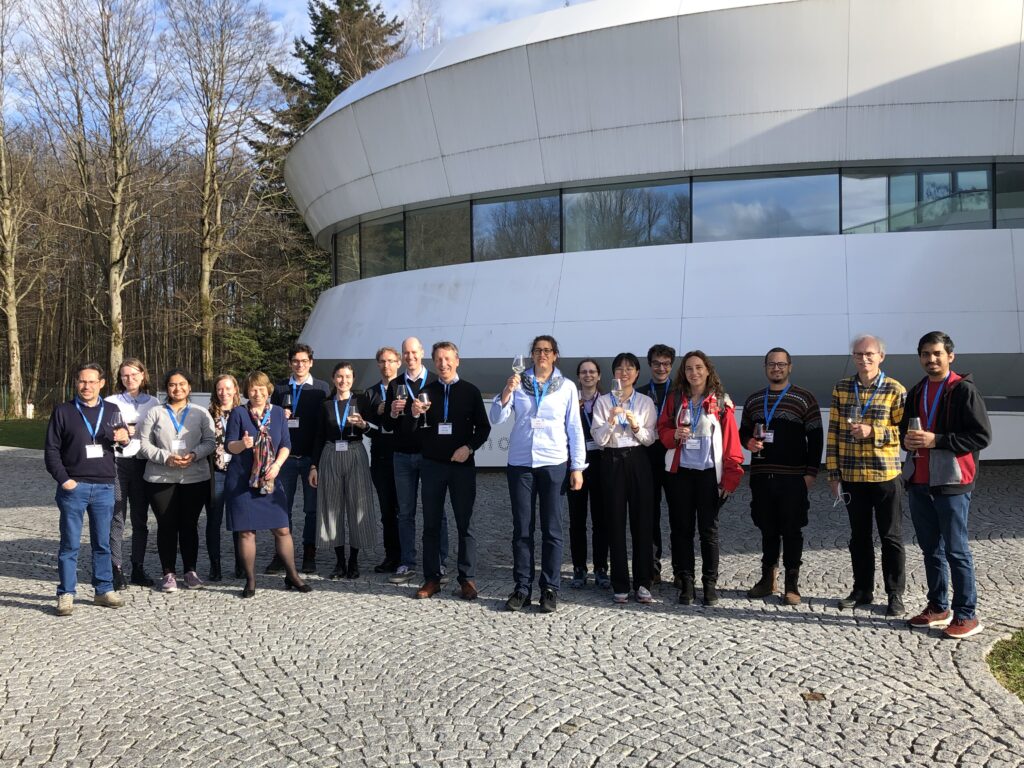
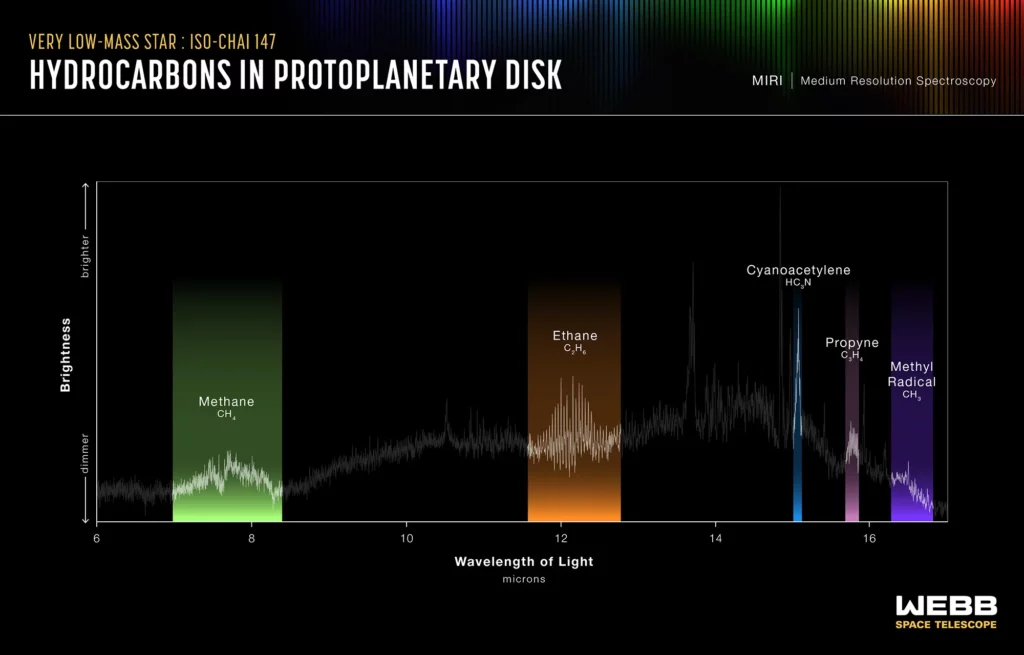
News
Check out our latest news!
- Dust mineralogy and variability of the inner PDS 70 disk: Insights from JWST/MIRI MRS and Spitzer IRS observations
- MINDS. JWST-MIRI Observations of a Spatially Resolved Atomic Jet and Polychromatic Molecular Wind Toward SY Cha
- MINDS: The DR Tau disk: II. Probing the hot and cold H2O reservoirs in the JWST-MIRI spectrum
- MINDS: A multi-instrument investigation into the molecule-rich JWST-MIRI spectrum of the DF Tau binary system
- MINDS. Hydrocarbons detected by JWST/MIRI in the inner disk of Sz28 consistent with a high C/O gas-phase chemistry
Gallery
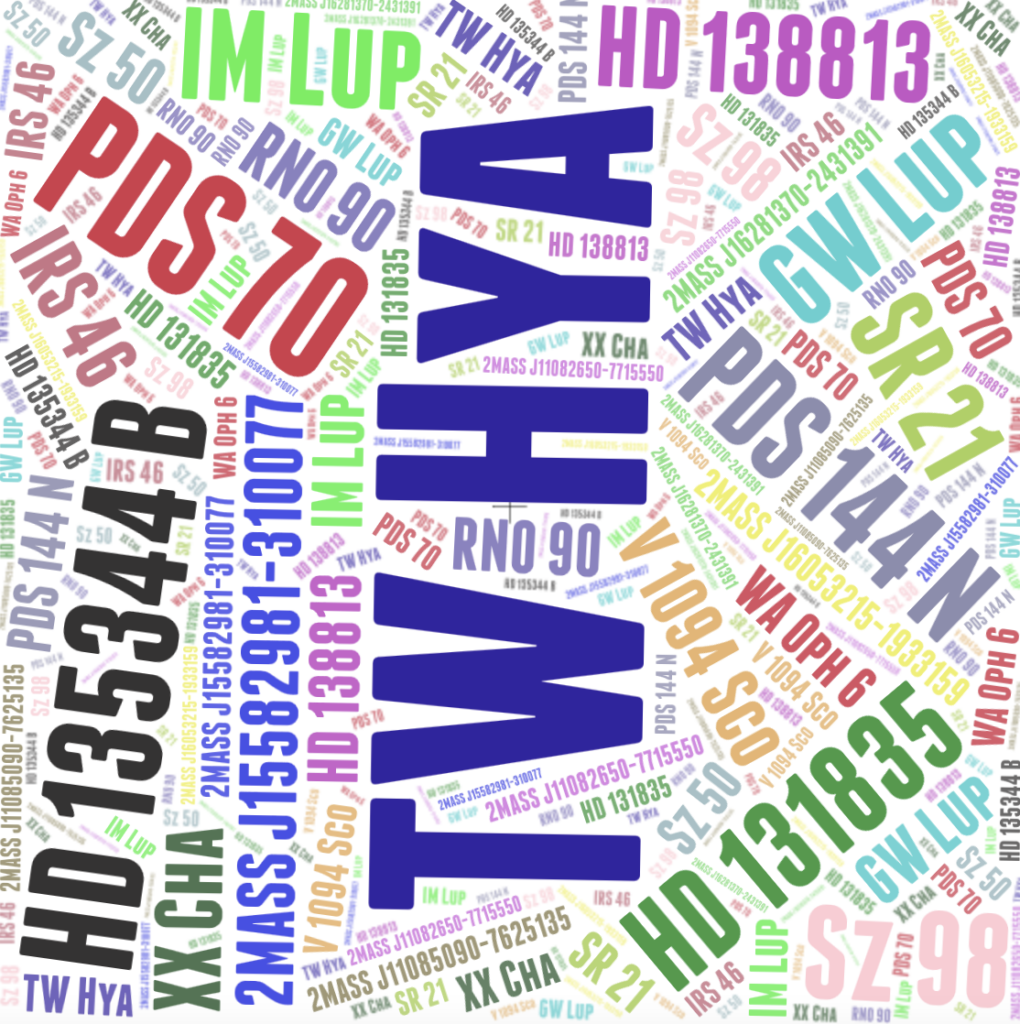
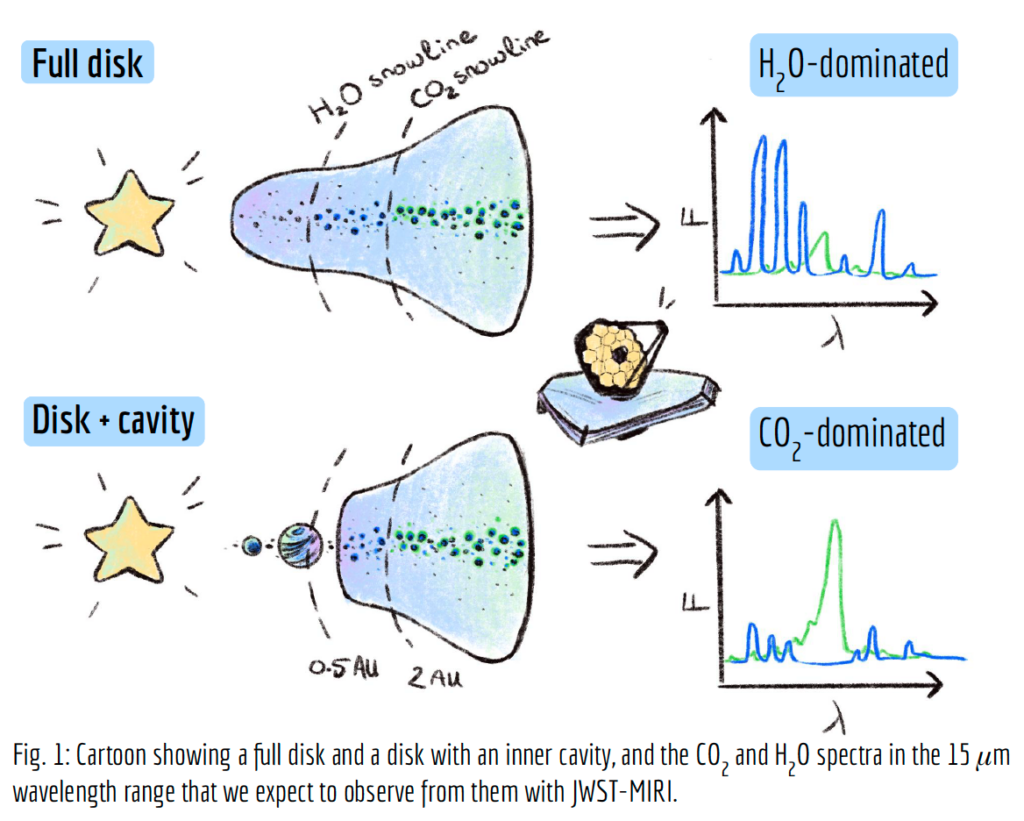
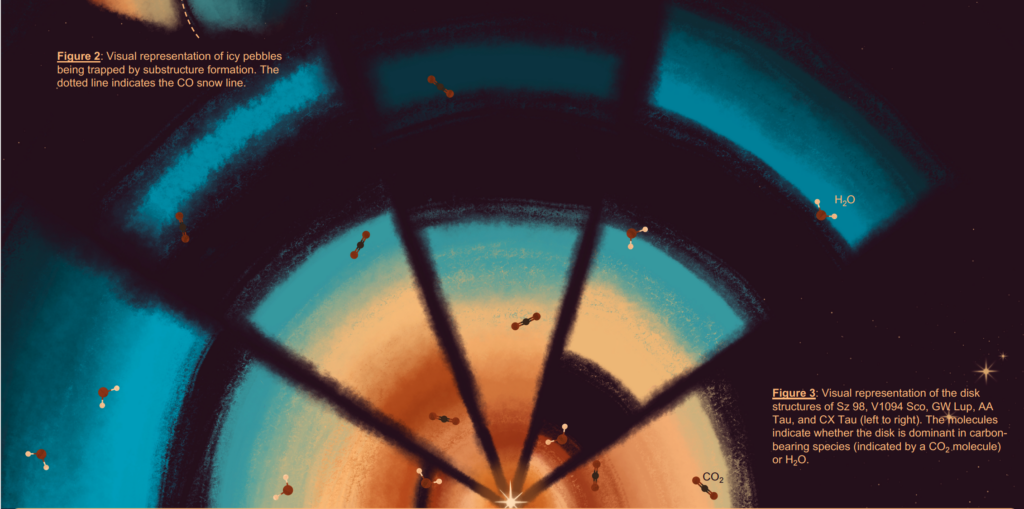

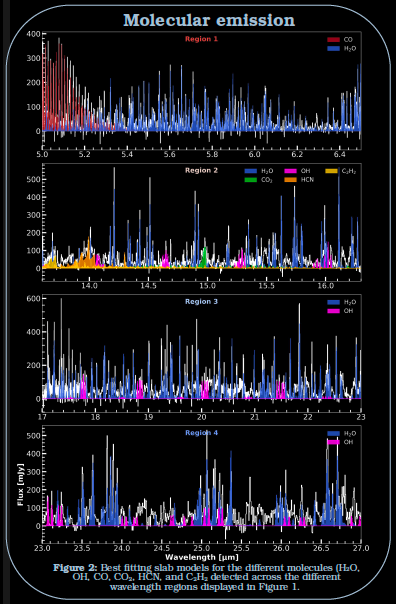
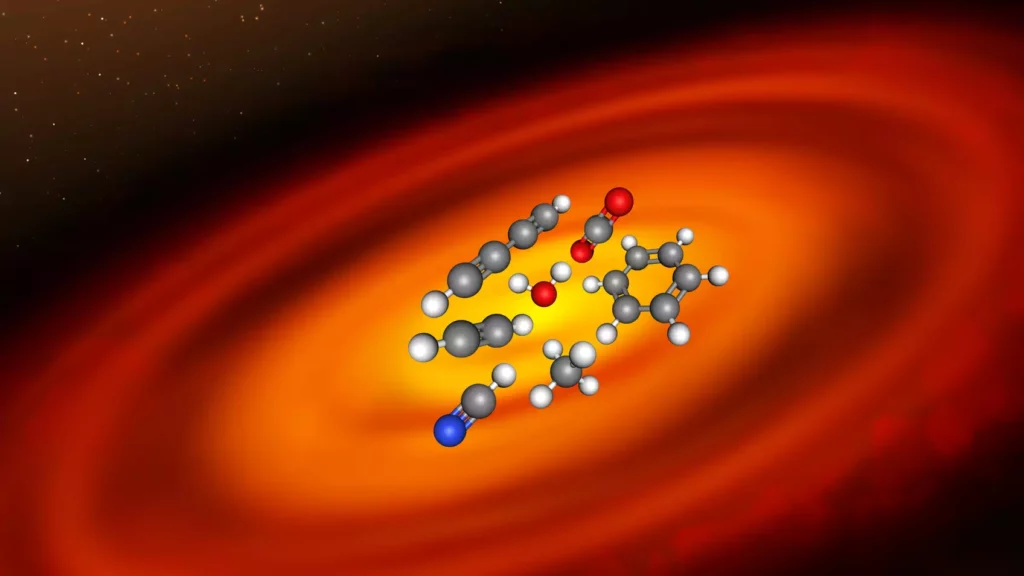
Understanding protoplanetary disks
